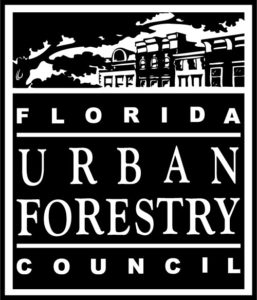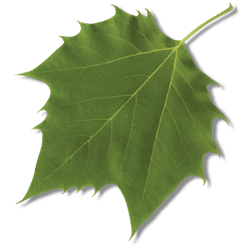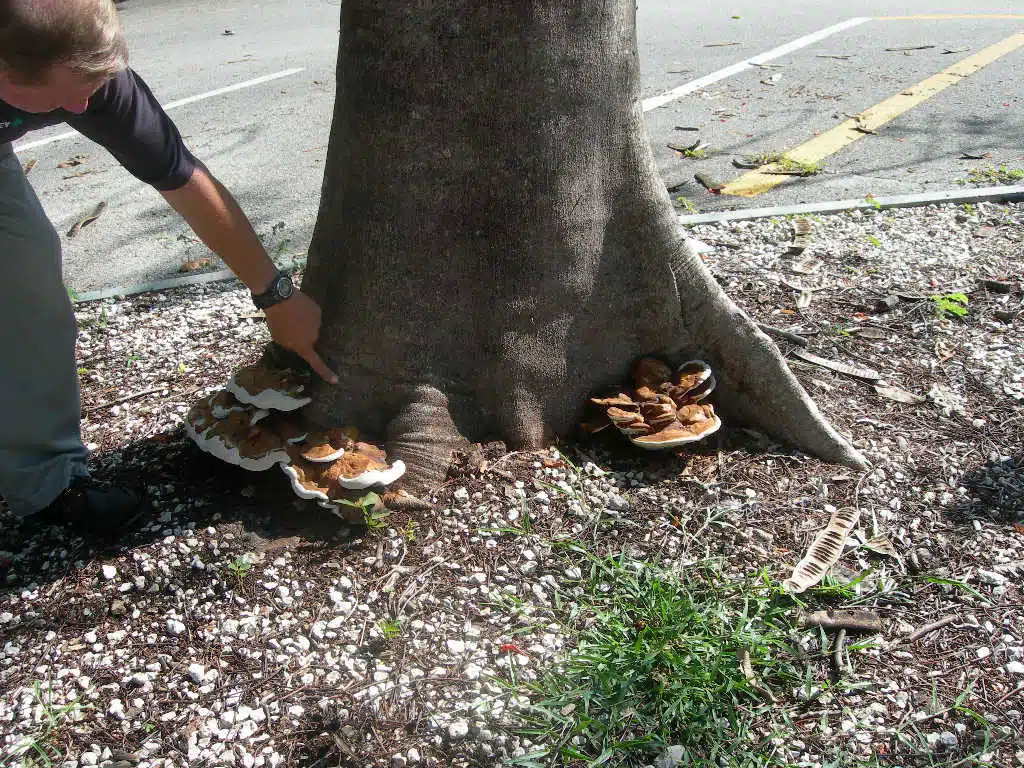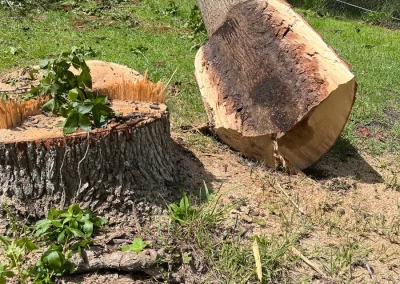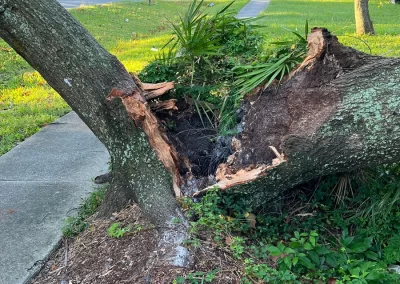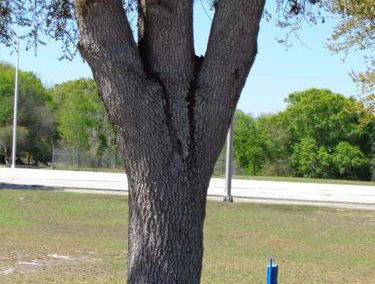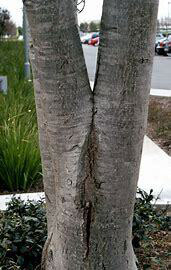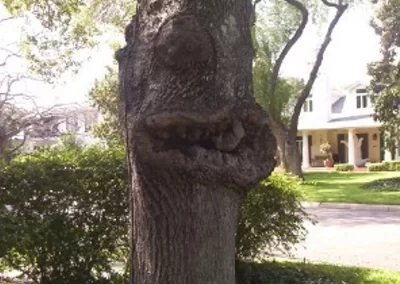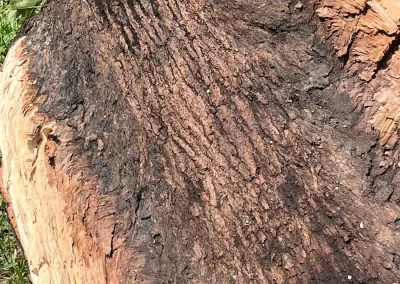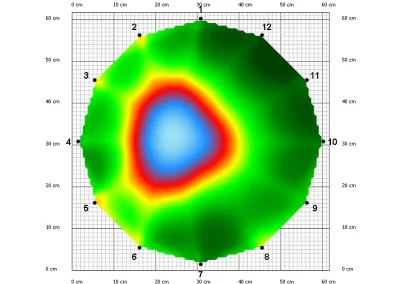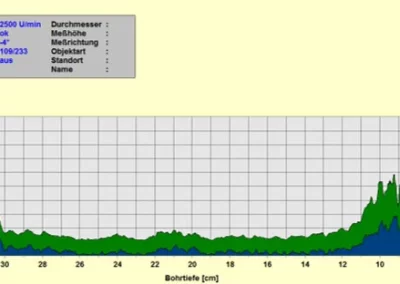Urban Foresters are tasked with managing thousands of trees in their respective municipalities. Benefits of trees have been documented by many researchers to include improving air quality, reducing runoff, providing shade, ameliorating temperatures, and improving aesthetics, among others. However, as trees age, they may pose certain risks that must be evaluated against the benefits.
This article will allow the reader to:
- Be able to recognize structural defects in trees based on their body language.
- Learn how to evaluate risk with respect to potential targets (people, pets, structures).
- Become familiar with new technologies that detect internal defects and determine the amount of strength loss in tree trunks due to such defects.
- Confidently implement a proactive approach to managing urban trees.
Urban Tree Risk Assessment
Obvious defects include weak v-shaped or multiple branch attachments, broken and hanging branches, cankers in the trunk or scaffold limbs, unbalanced canopies and open cavities. However, trees may contain defects that are not visible and require further assessment with specialized tools. For example, wood decay fungi affect internal wood tissue, and their activity will not be detected until a fruiting body (conk or mushroom) grows externally. The extent of internal decay and/or cavity will then need to be determined to evaluate the magnitude of risk.
To evaluate the level of risk associated with a tree, one must consider the target (people, vehicles, or structures). Trees with significant defects along busy streets are usually classified as high risk due to frequent or constant interaction with people and traffic. Those in natural areas or remote parts of public parks may be considered low risk due to infrequent interactions. Urban forest managers must also consider high-priority targets such as schools, hospitals, police stations, and others when evaluating trees for risk.
Methods to Assess Tree Risk
Methods to assess risk vary and range from simple tapping on the trunk with a rubber mallet to microdrilling, to advanced acoustic tomography. Resistance drilling utilizes very small diameter drill bits to record wood strength. Results are illustrated on a strip of paper. Older, mechanical models are still in use; however, newer electronic versions are becoming popular. Both techniques are somewhat invasive and there have been some concerns regarding the spread of internal decay if the bit penetrates through any of the CODIT walls.
A less invasive method is Sonic Tomography which uses acoustic waves to determine the extent of internal decay and/or cavities in trunks and scaffold limbs. It produces a two-dimensional image called a tomogram that can be interpreted to estimate the size of defects within the tree. This technology is used in Level 3 Tree Risk Assessments to supplement other observable conditions and to help provide a more complete understanding of the risk associated with a tree, along with better informed options for mitigating risk.
Generating a tomogram image using sonic tomography begins with selecting exactly where on a tree to perform a scan. Suspected decay or defect areas are good candidates. The goal of interpreting images generated by sonic tomography is ultimately to assist in assigning a risk of failure rating to the scanned section of the tree. Once an image is generated, further calculations can be made to estimate the relative strength of the remaining sound wood in the scanned plane. The estimated loss of wood strength at that point can be compared to the expected loads on that point to predict the relative likelihood of failure.
Strength loss calculations are done by using the tomogram image to measure the thickness and position of sound wood in comparison to the overall diameter of the cross-section of wood. Some degree of experience and judgement will always be required to decide which areas of the image indicate decay or a cavity that would be associated with strength loss. Multiple scans can be taken at selected vertical intervals to generate an image of the internal column of decay.
 Urban Forest Management
Urban Forest Management
As mentioned earlier, the Urban Forester cares for thousands of trees. In order to facilitate evaluations, a thorough tree inventory and management plan are needed. Data on defective trees or those with high levels of concern can be gathered to focus the efforts of risk assessments on those specimens. The process will then be performed in an efficient manner and with sound budgetary planning.
Dr. A. D. Ali, Manager of Special Projects Davey Institute, The Davey Tree Expert Company. For more information on TRA or Sonic Tomography, contact ad.ali@davey.com
